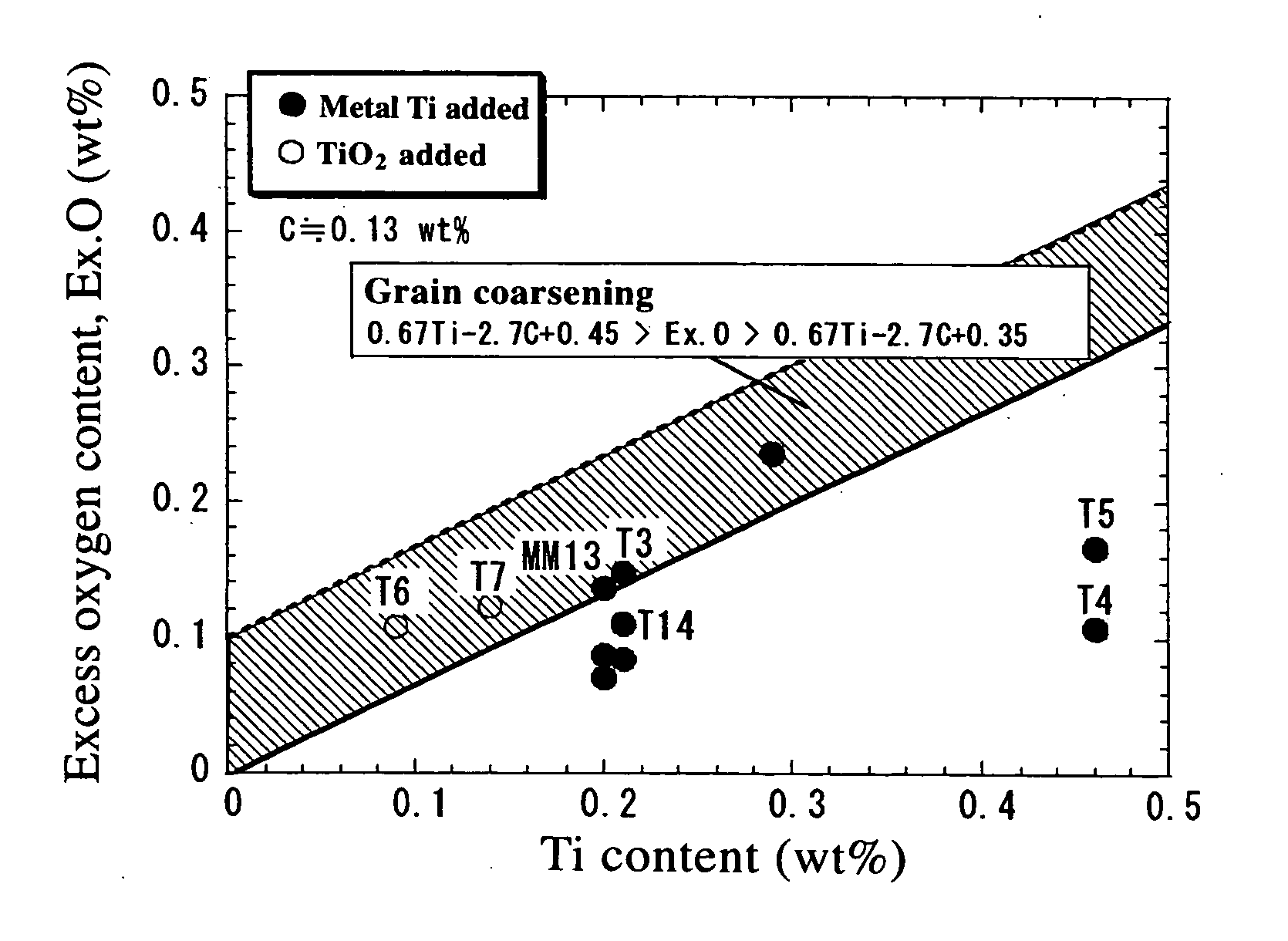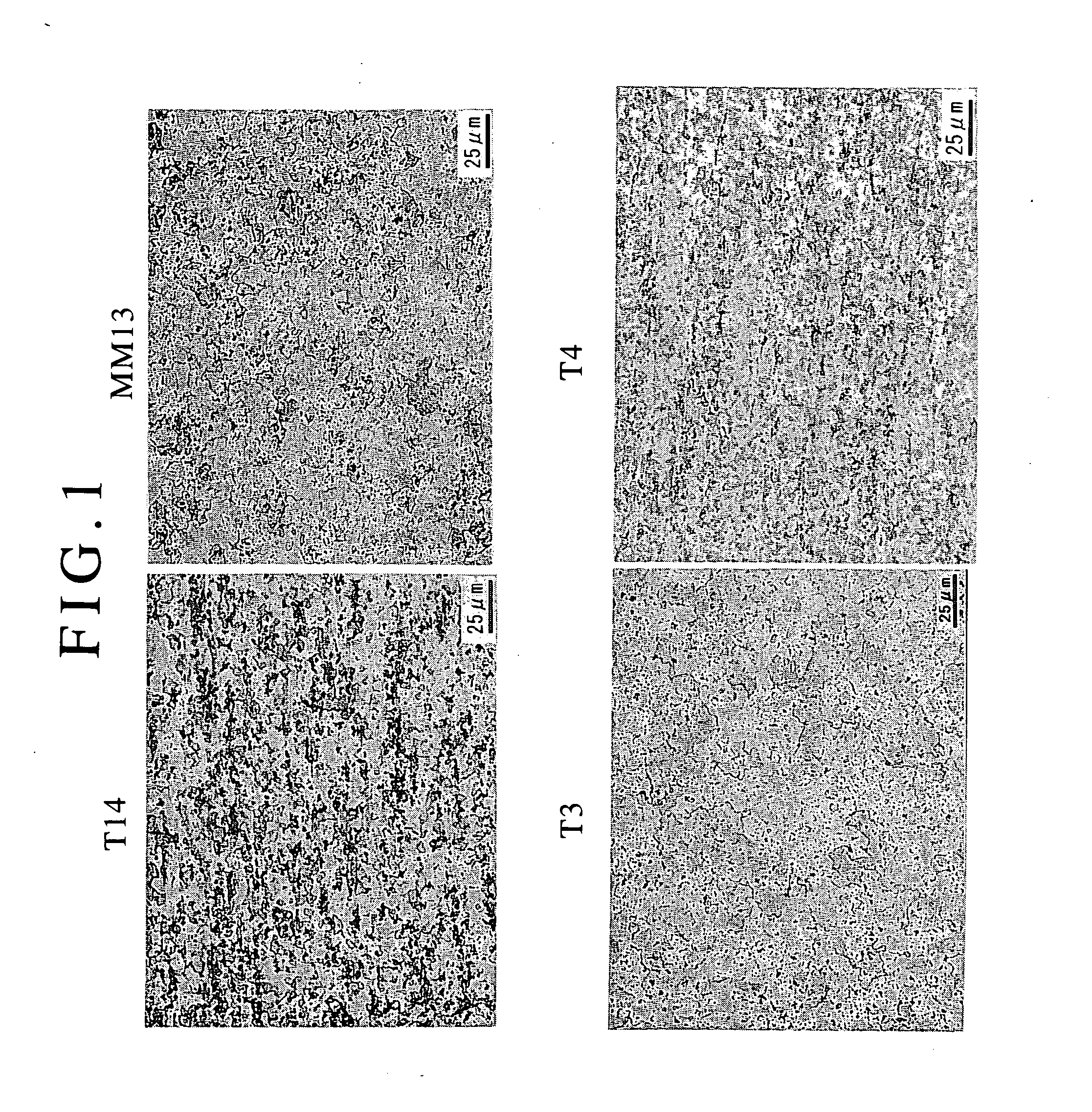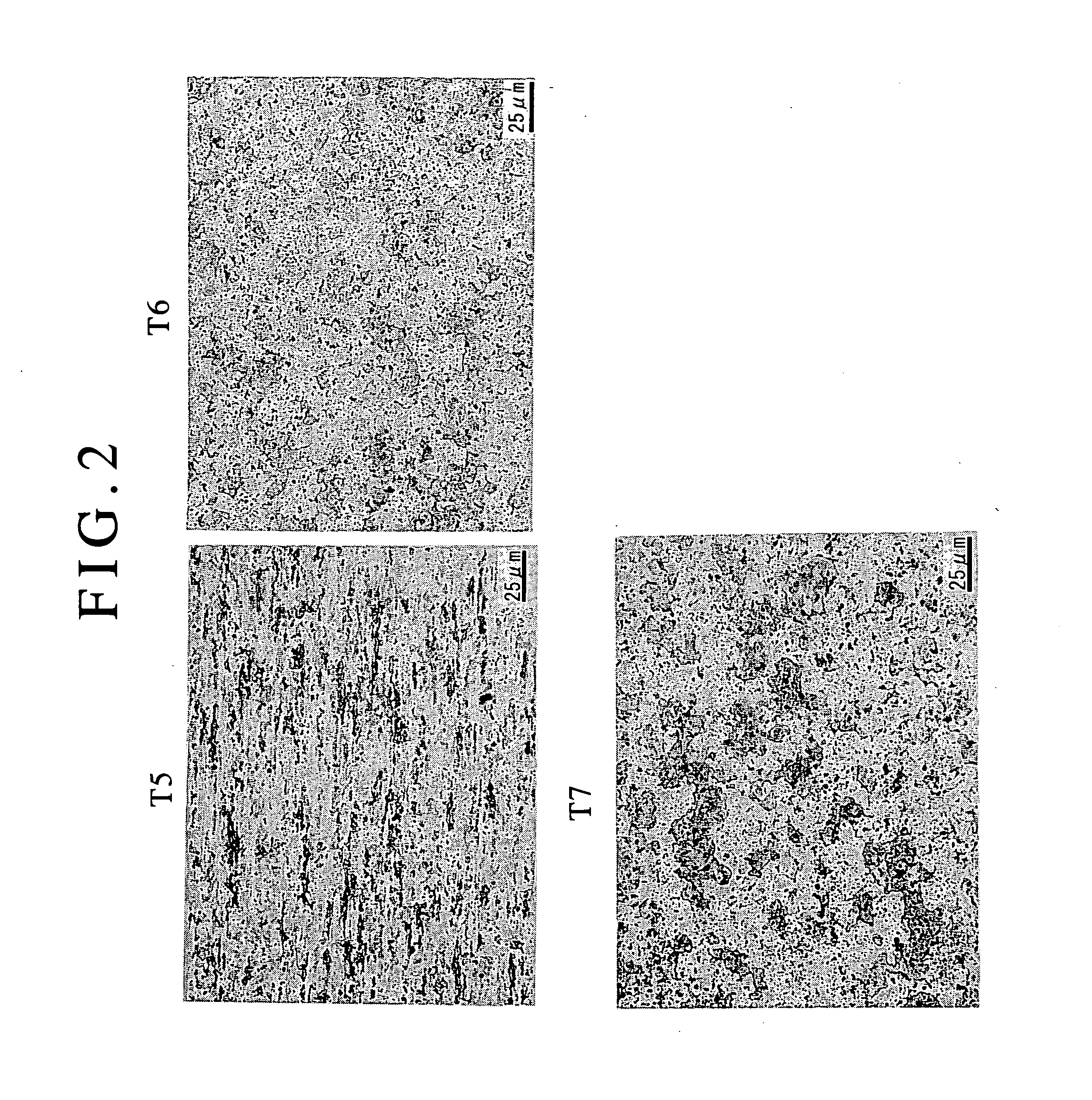Method for producing dispersed oxide reinforced ferritic steel having coarse grain structure and being excellent in high temperature creep strength
Inactive Publication Date: 2005-02-24
JAPAN ATOMIC ENERGY AGENCY INDEPENDANT ADMINISTRATIVE CORP
View PDF5 Cites 60 Cited by
- Summary
- Abstract
- Description
- Claims
- Application Information
AI Technical Summary
Benefits of technology
In the present invention as described above, by additionally adding an Fe2O3 powder, which is an unstable oxide, as a raw material powder so that the excess oxygen content in steel becomes within a predetermined range, Ti combines with excess oxygen to form an oxide without combining with C to form a carbide and, therefore, Ti does not lower the C concentration in the matrix. As a result, it is possible to cause a
Problems solved by technology
Although austenitic stainless steels have hitherto been used in the components of nuclear reactors, especially fast reactors which are required to have excellent high-temperature strength and resistance to neutron irradiation, they have limitations on irradiation resistance such as swelling resistance.
On the other hand, ferritic stainless steels have the disadvantage of low high-temperature strength although they are excellent in irradiation resist
Method used
the structure of the environmentally friendly knitted fabric provided by the present invention; figure 2 Flow chart of the yarn wrapping machine for environmentally friendly knitted fabrics and storage devices; image 3 Is the parameter map of the yarn covering machine
View moreImage
Smart Image Click on the blue labels to locate them in the text.
Smart ImageViewing Examples
Examples
Experimental program
Comparison scheme
Effect test
 Login to View More
Login to View More PUM
| Property | Measurement | Unit |
|---|---|---|
| Fraction | aaaaa | aaaaa |
| Fraction | aaaaa | aaaaa |
| Fraction | aaaaa | aaaaa |
Login to View More
Abstract
A method of manufacturing an oxide dispersion strengthened ferritic steel excellent in high-temperature creep strength having a coarse grain structure is provided. This method comprises mixing either element powders or alloy powders and a Y2O3 powder, subjecting the mixed powder to mechanical alloying treatment, solidifying the resulting alloyed powder by hot extrusion, and subjecting the resulting extruded solidified material to final heat treatment involving heating to and holding at a temperature of not less than the AC3 transformation point and slow cooling at a rate of not more than a ferrite-forming critical rate to thereby manufacture an oxide dispersion strengthened ferritic steel which comprises, as expressed by % by weight, 0.05 to 0.25% C, 8.0 to 12.0% Cr, 0.1 to 4.0% W, 0.1 to 1.0% Ti, 0.1 to 0.5% Y2O3 with the balance being Fe and unavoidable impurities and in which Y2O3 particles are dispersed in the steel. In this method, by using a TiO2 powder as an element powder of a Ti component to be mixed at the mechanical alloying treatment or by additionally adding an Fe2O3 powder, the bonding of Ti with C is suppressed so that the C concentration in the matrix does not decrease. As a result, α to γ transformation during the heat treatment is ensured and it is possible to manufacture an oxide dispersion strengthened ferritic steel having a coarse and equiaxed grain structure effective in improving high-temperature creep strength.
Description
TECHNICAL FIELD The present invention relates to a method of manufacturing an oxide dispersion strengthened ferritic steel excellent in high-temperature creep strength and, more particularly, to a method of manufacturing an oxide dispersion strengthened ferritic steel to which excellent high-temperature creep strength can be imparted by adjusting an excess oxygen content in steel, thereby to form a coarse grain structure. The oxide dispersion strengthened ferritic steel of the present invention can be advantageously used as a fuel cladding tube material of a fast breeder reactor, a first wall material of a nuclear fusion reactor, a material for thermal power generation, etc. in which strength at high temperatures is particularly required. BACKGROUND ART Although austenitic stainless steels have hitherto been used in the components of nuclear reactors, especially fast reactors which are required to have excellent high-temperature strength and resistance to neutron irradiation, the...
Claims
the structure of the environmentally friendly knitted fabric provided by the present invention; figure 2 Flow chart of the yarn wrapping machine for environmentally friendly knitted fabrics and storage devices; image 3 Is the parameter map of the yarn covering machine
Login to View More Application Information
Patent Timeline
 Login to View More
Login to View More IPC IPC(8): B22F3/20B22F1/00B22F3/24C21D6/00C22C33/02C22C38/00C22C38/22C22C38/28
CPCC22C33/0228C22C38/002C22C38/005C22C38/22B22F2009/041B22F2998/10C22C32/0026C21D2211/004C21D6/002C22C38/28B22F9/04B22F3/20B22F3/24
Inventor OHTSUKA, SATOSHIUKAI, SHIGEHARUKAITO, TAKEJIFUJIWARA, MASAYUKI
Owner JAPAN ATOMIC ENERGY AGENCY INDEPENDANT ADMINISTRATIVE CORP
Features
- R&D
- Intellectual Property
- Life Sciences
- Materials
- Tech Scout
Why Patsnap Eureka
- Unparalleled Data Quality
- Higher Quality Content
- 60% Fewer Hallucinations
Social media
Patsnap Eureka Blog
Learn More Browse by: Latest US Patents, China's latest patents, Technical Efficacy Thesaurus, Application Domain, Technology Topic, Popular Technical Reports.
© 2025 PatSnap. All rights reserved.Legal|Privacy policy|Modern Slavery Act Transparency Statement|Sitemap|About US| Contact US: help@patsnap.com



